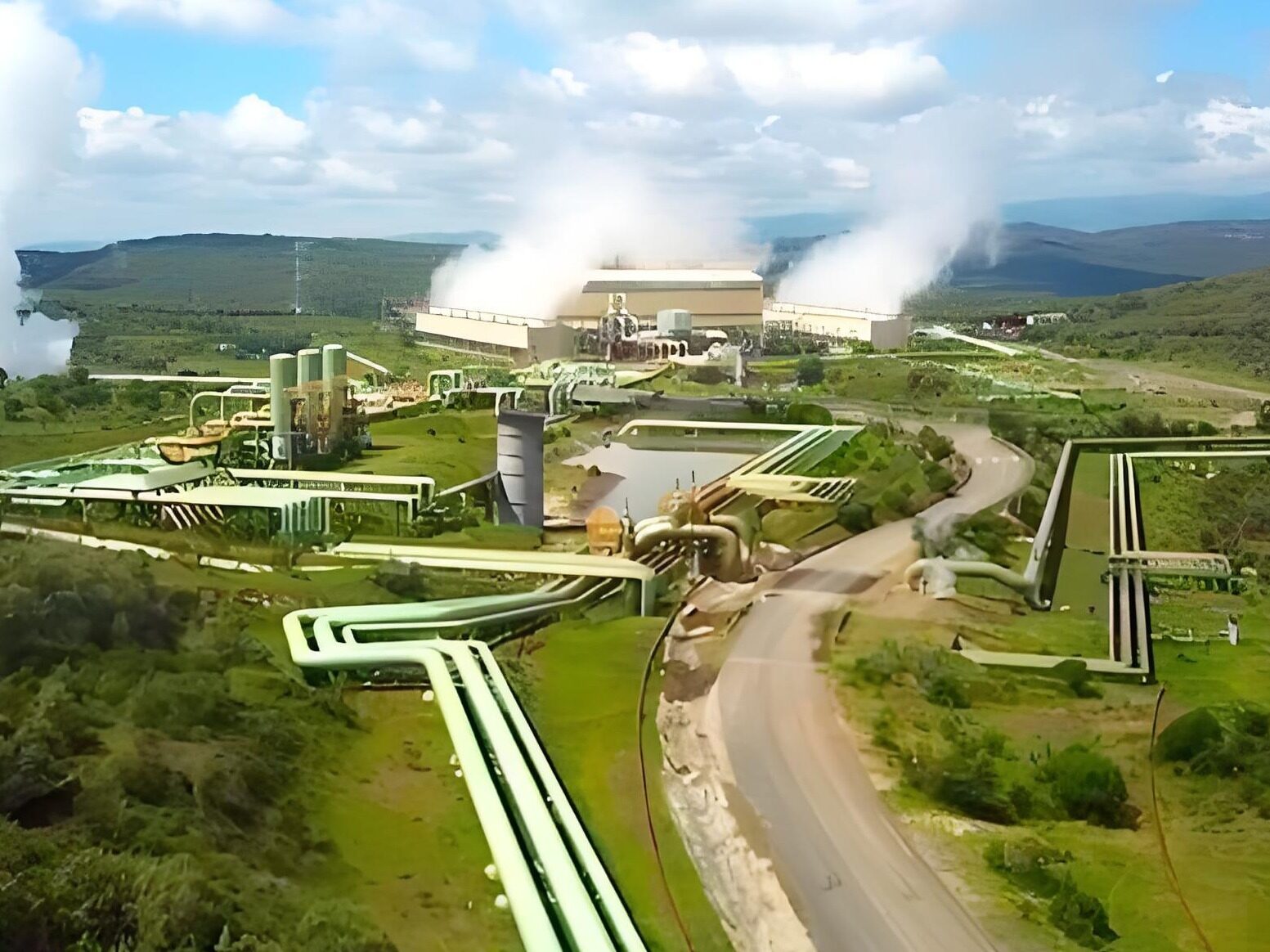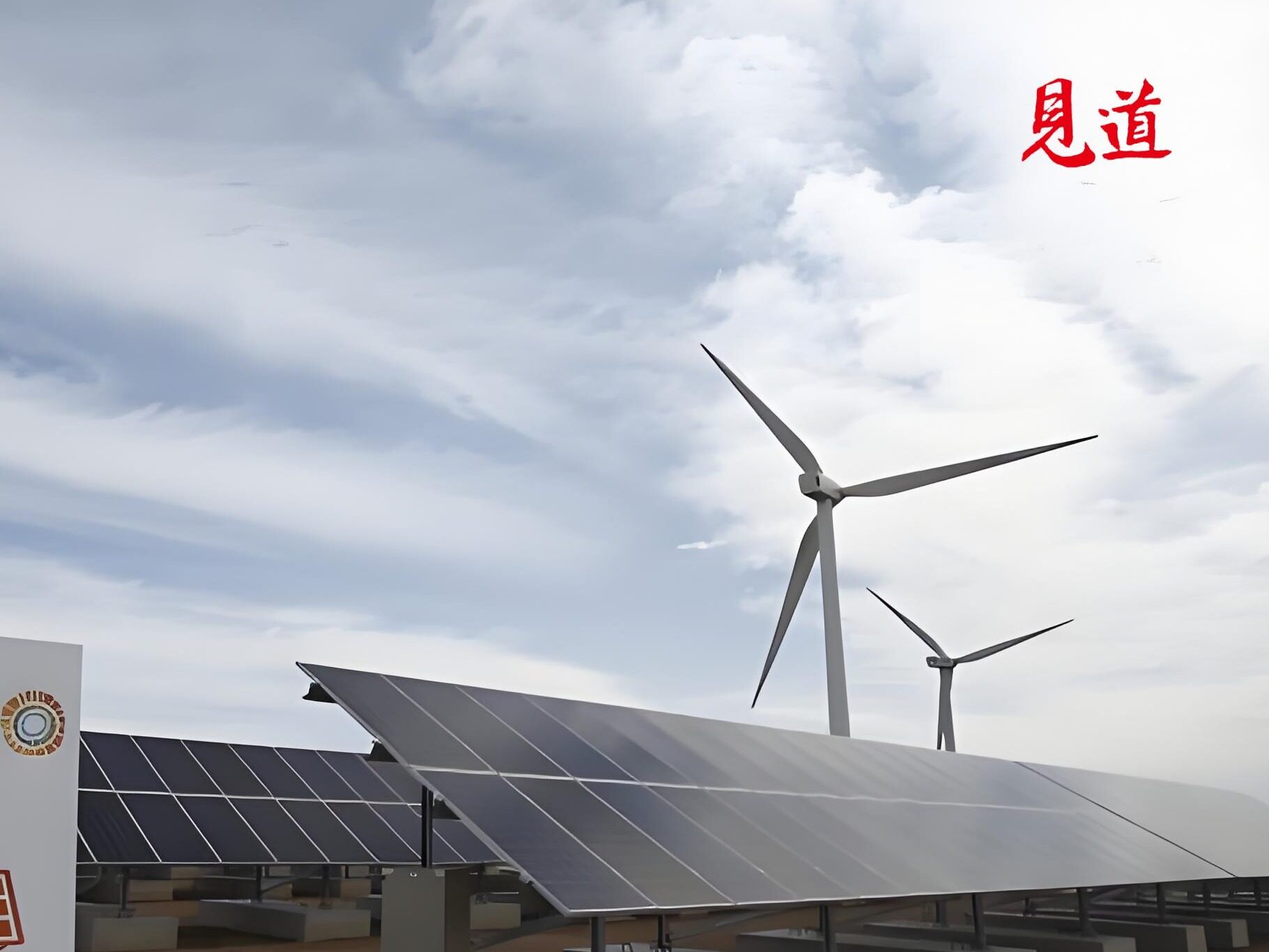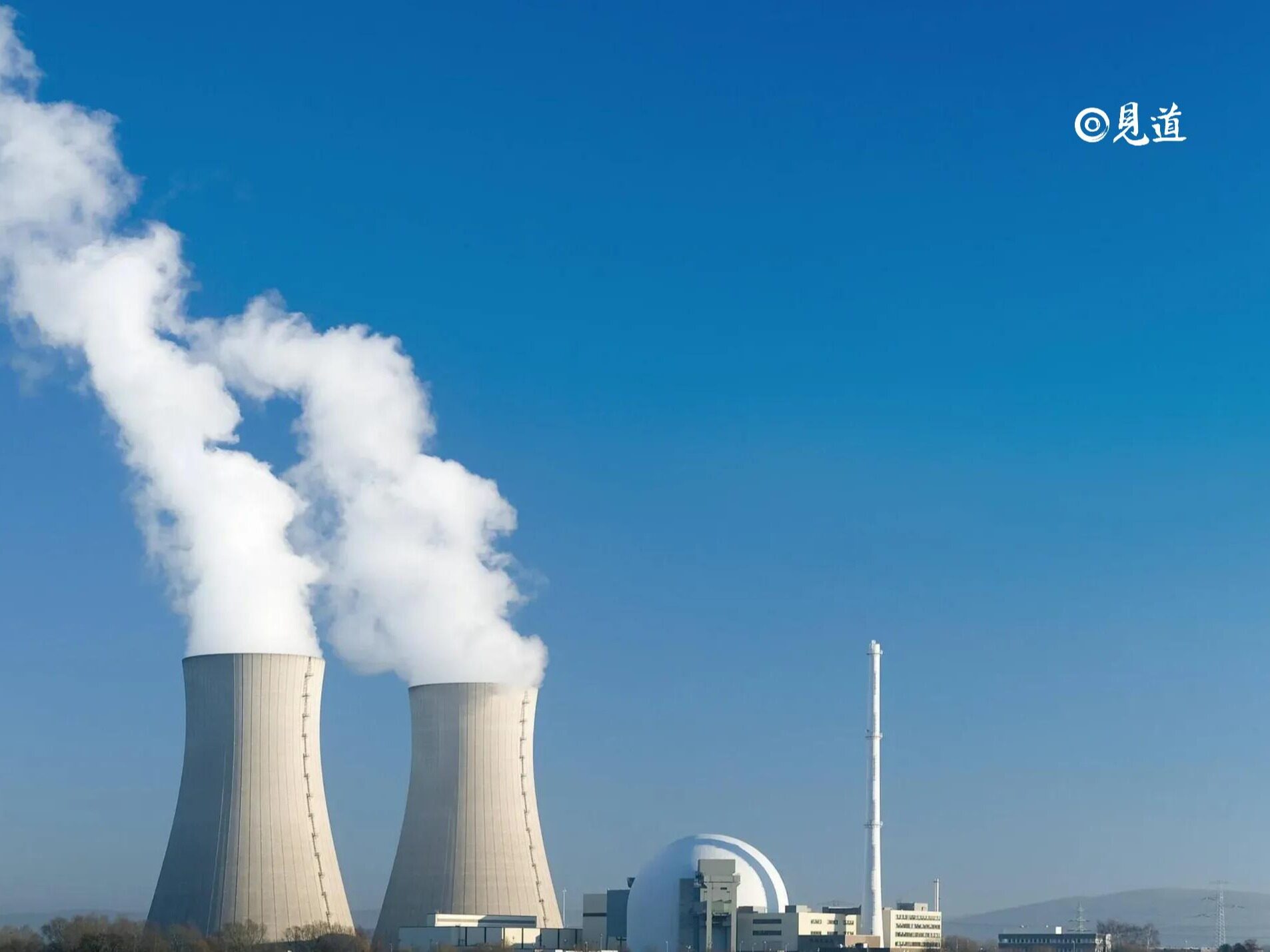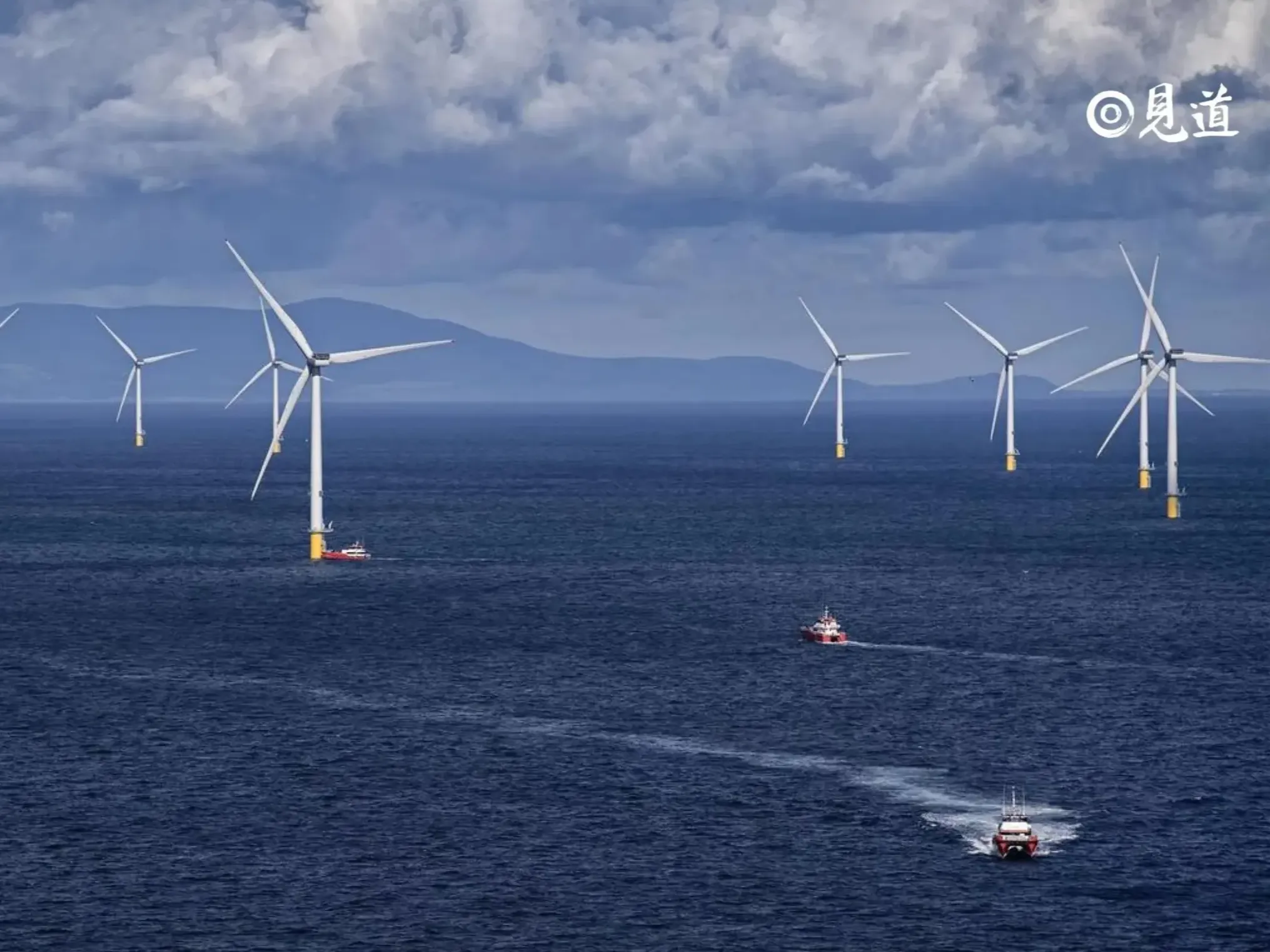- In the next five years, Shenzhen traffic will undergo tremendous changes

On January 26, 2021, Shenzhen Municipal Transportation Bureau held a transportation work conference. On the basis of reviewing and summarizing the development of transportation in 2020 and the "13th Five-Year Plan", scientifically plan the strategic goals and development strategies of Shenzhen's transportation in the "14th Five-Year Plan", and establish the strategic goals of pilot demonstration in four areas, and clarify the next five years. Ten major development strategies for the city's transportation work, and arrangements for key tasks in 2021.
According to the plan, by 2025, the container throughput of Shenzhen Port will reach 33 million TEUs, the passenger throughput of Shenzhen Bao’an International Airport will reach 70 million, the airport’s international navigation cities will reach 100, and the Shenzhen National Railway will reach 220 kilometers. The railway mileage is 190 kilometers, the urban rail transit mileage is 640 kilometers, the high-speed road is more than 700 kilometers, the driverless open test road exceeds 1,500 kilometers, the bicycle lane exceeds 3,500 kilometers, and the green transportation share rate is 81. %, the average vehicle speed in the evening peak of the workday in the central urban area increased to 25 km/h, and the road traffic mortality rate dropped to 0.75 persons/10,000 vehicles. To achieve this goal, the city's transportation will implement ten major development strategies in the next five years.
Key points of the transportation "14th Five-Year Plan":
1. Expand the Shenzhen Port combination port system to cover major cities in the Guangdong-Hong Kong-Macao Greater Bay Area, promote the inland combination port customs clearance model, and strive to launch a pilot program in Humen, Dongguan this year.
2. In 2021, the satellite hall and B2 cargo terminal of Shenzhen Baoan International Airport will be put into use; Shenzhen will also fully promote the planning and construction of major infrastructure such as the airport's third runway and T4 terminal; promote the pilot reform of aviation resources structure, and improve the peak of the airport Hour capacity standard.
3. The Ganshen Railway, the Shenmao Railway, and the Shenshan Railway were opened to traffic, and the Guangzhou-Shenzhen Second High-speed Railway and the Guangzhou-Shenzhen Maglev and other strategic channels were studied to build a high-quality national railway hub.
Work with surrounding cities to promote the construction of regional intercity railways, build the Shenzhen-Huizhou, Shenzhen University, Longda, Guangzhou-Dongguan-Shenzhen intercity, promote the unified operation of the intercity railway and urban rail transit, and initially establish the Shenzhen metropolitan area intercity railway network.
The Xili, Airport East, Pingshan, and Guangming City hubs have started construction to create a demonstration comprehensive transportation hub project. In 2021, the Ganshen Railway will open to traffic and will become another major high-speed rail corridor in the Guangdong-Hong Kong-Macao Greater Bay Area.
4. Shenzhen will accelerate the construction of the Shenzhen-Zhongshan Corridor, the second phase of the Outer Ring Expressway, and the second phase of the Yanjiang Expressway, and advance the preliminary work of the Shenshan Second Expressway and the third phase of the Outer Ring Expressway.
Shenzhen will strive to create a national example of the three-dimensional composite construction of high-speed highways, study the key technologies of three-dimensional composite reconstruction and expansion represented by Jihe Expressway, explore the construction of composite corridors on scarce traffic corridors, and create high-speed highways integrating bridges, tunnels and roads Composite network layout.
Shenzhen is also studying the reconstruction and expansion of Guangzhou-Shenzhen Expressway and the Lingdingyang Passage. The north extension of Binjiang Avenue, the north extension of Nanguang Expressway, and the north extension of Longguan Expressway are also planning and studying.
5. Promote the transportation design of the northern section of the Longping Salt Passage, carry out planning and research on the transportation transformation of Buxin Road-Luosha Road; continue to promote the comprehensive transportation transformation of Chunfeng Tunnel, Mawan Cross-sea Passage, Binhai Avenue (headquarters base section), and Yanjiang Expressway Transportation projects under construction such as the rapid connection project between the Hai Section and Nanping; speed up the preparatory work of the Longda Expressway municipal transformation, the rapid transformation of Wanghai Road, the Wuhe Avenue Nanping Express Link, and the Caimei Interchange Reconstruction, and strive to 2021 Construction.
Increase more than 1 million motor vehicle parking spaces, and launch pilot commercial and high-end cruise taxis.
6. Shenzhen will also issue regulations on the management of intelligent connected vehicles to promote the implementation of unmanned minibuses and unmanned taxis.
"14th Five-Year" Development Goals
1. Demonstration in four areas
Be a pioneer in the construction of an international comprehensive transportation hub, and build a comprehensive, multi-level and three-dimensional external connection channel for sea, land, air and rail;
Bravely be the first demonstration of integrated regional transportation interconnection, Zhihuiwan area rail transit, high-speed lane, water transportation, general aviation four networks;
Be brave to be the first demonstration of quality urban traffic operation services, and strengthen and optimize the rail, bus, and slow urban traffic network;
Be brave to be the first demonstration of traffic management in modern mega-cities, create world-class smart transportation, and make urban transportation run smarter, smarter, more reliable and safer.
2. 12 specific indicators and targets
By 2025, the container throughput of Shenzhen Port will reach 33 million TEUs, the passenger throughput of Shenzhen Bao'an International Airport will reach 70 million, the airport will have 100 cities for international navigation, the Shenzhen National Railway will reach 220 kilometers, and the length of intercity railways will be open to traffic. Up to 190 kilometers, urban rail transit mileage of 640 kilometers, high-speed roads of more than 700 kilometers, unmanned open test roads of more than 1,500 kilometers, bicycle lanes of more than 3,500 kilometers, and green transportation sharing rate of 81%. In urban areas, the average vehicle speed in the evening peak on weekdays has increased to 25 km/h, and the road traffic mortality rate has dropped to 0.75 persons/10,000 vehicles.
3. Ten major development strategies
One is to build a global trading hub port with high standards.
The second is to build a four-type airport demonstration of "safety, green, wisdom, and humanity" with high standards.
The third is to build a global logistics hub city with high standards.
Fourth, build the core of the rail transit network in the Greater Bay Area with high standards.
Fifth, build the "assets" of transportation facilities throughout the life cycle with high standards.
Sixth, create a model of urban traffic that the people are satisfied with with high standards.
Seventh, build a high-standard transportation intelligence body with all elements of the industry.
Eighth, to create a pioneer in the regulation and innovation of the national transportation system industry with high standards.
Ninth is to create a model of traffic and people's livelihood services in each distinctive jurisdiction with high standards.
Ten is to create a high-standard transportation characteristic party building that is at the forefront of the city.
4. Traffic and livelihood service model
Foton creates a world-class humanistic transportation model with complex functions, excellent quality, and wisdom leading;
Luohu builds an urban transportation space to reshape a pioneering demonstration area;
Yantian builds a green and high-quality travel demonstration zone;
Nanshan creates a port-city integrated smart transportation development model that is compatible with the ultra-high-density urban development model;
Baoan builds a model of high-quality development in a strong hub area;
Longgang creates a model of highly integrated slow traffic system;
Longhua builds a "station and city integration" demonstration zone for the integrated development of transportation and city;
Pingshan builds a demonstration area for open testing and application of intelligent driving;
Guangming creates a model of urban transportation with regional accessibility, green first, and leading quality;
Dapeng builds a pioneering demonstration zone for diversified tourism and transportation; Shenzhen and Shantou build a new model of transportation-led urban development (TOD).
Details of Shenzhen Transportation's 14th Five-Year Plan
During the "14th Five-Year Plan" period, Shenzhen will benchmark the world's highest, best, best, and strongest. With the standard of "first demonstration", it will vigorously improve the comprehensive competitiveness of transportation, and build a modern, international integrated transportation system with high quality and efficiency. Able to integrate the urban transportation operation system, create a model of "future transportation" development that bursts of innovation, technology-driven, mode change, and enjoys the enjoyment of passengers and goods, and casts an example of a strong transportation country, helping Shenzhen to become a competitive, innovative and influential city Global benchmark cities.
Seaports and airports connect to the world, smooth the double circulation of international and domestic passenger and cargo
During the "14th Five-Year Plan" period, Shenzhen will be a pioneer in the construction of an international comprehensive transportation hub, focusing on the requirements of building a new development pattern, and comprehensively building a comprehensive, multi-level, and three-dimensional external relationship between sea, land, air, and railway Channels, jointly build world-class port clusters and airport clusters, create an important strategic fulcrum linking domestic and international double cycles, support Shenzhen as a pilot demonstration zone to connect the world and connect with the world, and continue to enhance Shenzhen's global gateway hub function.
In the next five years, Shenzhen will build a high-standard global trade hub port, build a global transit and consolidation center, and realize a one-stop service for global sourcing, transit and distribution, and import and export consolidation; the "Bay Area Code" Shenzhen China-Europe Express As a fulcrum, we will open up new international channels between the Bay Area and ASEAN, Central Asia and Europe; expand the Shenzhen Port combined port system to cover major cities in the Guangdong-Hong Kong-Macao Greater Bay Area, promote the inland combined port customs clearance model, and strive to launch a pilot in Humen, Dongguan this year.
In the next five years, Shenzhen will adhere to the two wings of transportation aviation and general aviation, build a high-quality and innovative international aviation hub, accelerate the formation of a multi-terminal system, innovate airport quality service models, and lead the development of world-class airports in the Greater Bay Area. In 2021, the satellite hall and B2 cargo terminal of Shenzhen Baoan International Airport will be put into use; Shenzhen will also fully promote the planning and construction of major infrastructure such as the airport's third runway and T4 terminal; promote the pilot reform of aviation resources structure, and increase the airport's peak hour capacity standard.
Intercity railway expressway connects the Bay Area, leading the coordinated development of the region
During the "14th Five-Year Plan" period, Shenzhen will be a pioneering demonstration of integrated regional transportation interconnection, facing the metropolitan area, connecting the Greater Bay Area, radiating the whole of China, Zhihui Bay Area rail transit, high-speed passage, water transportation, general aviation Four networks, comprehensively build an integrated bay area transportation interconnection network, strive to achieve "inner bay for half an hour, bay area for one hour", strengthen Shenzhen's core engine function in the Guangdong-Hong Kong-Macao Greater Bay Area, and explore to be a leading economic center city A new model road for the coordinated development of regional transportation.
In the next five years, Shenzhen will build the core city of the rail transit network in the Greater Bay Area with high standards. The Ganshen Railway, the Shenmao Railway, and the Shenshan Railway were opened to traffic, and the Guangzhou-Shenzhen Second High-speed Railway and the Guangzhou-Shenzhen Maglev and other strategic channels were studied to build a high-quality national railway hub. Work with surrounding cities to promote the construction of regional intercity railways, build the Shenzhen-Huizhou, Shenzhen University, Longda, Guangzhou-Dongguan-Shenzhen intercity, promote the unified operation of the intercity railway and urban rail transit, and initially establish the Shenzhen metropolitan area intercity railway network. The Xili, Airport East, Pingshan, and Guangming City hubs have started construction to create a demonstration comprehensive transportation hub project. In 2021, the Ganshen Railway will open to traffic and will become another major high-speed rail corridor in the Guangdong-Hong Kong-Macao Greater Bay Area.
In the next five years, Shenzhen will also accelerate the planning and construction of high-speed road network and build high-speed channels between Shenzhen and surrounding cities. Shenzhen will speed up the construction of the Shenzhen-Zhongshan Corridor, the second phase of the Outer Ring Expressway, and the second phase of Yanjiang Expressway, and advance the preliminary work of the Shenshan Second Highway and the third phase of the Outer Ring Expressway. It is worth mentioning that Shenzhen will strive to create a national example of the three-dimensional composite construction of high-speed highways, study the key technologies of three-dimensional composite reconstruction and expansion represented by Jihe Expressway, and explore the construction of composite passages on scarce traffic corridors to build bridges, tunnels, and roads. As an integrated high-speed road network complex layout. Shenzhen is also studying the reconstruction and expansion of Guangzhou-Shenzhen Expressway and the Lingdingyang Passage. The north extension of Binjiang Avenue, the north extension of Nanguang Expressway, and the north extension of Longguan Expressway are also planning and studying.
Improving the road network and smoothing the arteries of the city, improving public transport services for public travel
During the "14th Five-Year Plan" period, Shenzhen will bravely serve as the first demonstration of quality urban traffic operation services, conform to the people's travel structure, travel demand, and travel mode changes, and try out diversified urban traffic policies to strengthen and optimize rail, public transportation, and slow speed. The city’s transportation network is used to greatly enhance the vitality of streets, and strive to build more personalized, diversified, convenient, efficient, and green transportation services, so that people can travel, people can travel, and people can enjoy travel.
In the next five years, Shenzhen will complete the fourth phase of the rail project, promote high-quality construction of the fifth phase, build a world-class rail transit network, build a 10-minute rail transit connection circle, and strengthen the role of rail as the "skeleton" of urban public transportation; build a national public transport The best service city, taking the lead in realizing full coverage of on-time services at major bus stations and bus lines, strengthening the role of conventional buses as the “bloodline” of urban public transportation; building a slow-moving friendly benchmark city, increasing the construction of bicycle lanes and pedestrian paths, and refined streets Space, strengthen the role of slow traffic as the "skin" of urban traffic.
In the next five years, Shenzhen will accelerate the improvement of its urban road network. Promote the transportation design of the northern section of the Longping Salt Passage, carry out planning and research on the transportation transformation of Buxin Road-Luosha Road; continue to promote the comprehensive transportation transformation of Chunfeng Tunnel, Mawan Cross-sea Passage, Binhai Avenue (headquarters base section), and Qianhai section of the Yangtze River Expressway Transportation projects under construction such as the rapid connection project with Nanping; speed up the preliminary work of the Longda Expressway municipal transformation, Wanghai Road rapid transformation, Wuhe Avenue Nanping rapid connection line, Caimei interchange transformation and other projects, and strive to start construction in 2021 . While speeding up road construction with high standards, Shenzhen will also improve its road management and maintenance capabilities to ensure high-quality transportation facilities to serve citizens.
In response to public transportation issues, Shenzhen will continue to improve its urban transportation services in the next five years, including adding more than 1 million motor vehicle parking spaces, and launching pilot commercial and high-end cruise taxis.
Create world-class smart transportation and lead innovation in the transportation industry
During the "14th Five-Year Plan" period, Shenzhen will bravely serve as a pioneering demonstration of modern and mega-city traffic governance, innovate management concepts, management models, and management methods, establish the awareness of urban traffic management and governance throughout the entire cycle, and highlight scientific, refined, and intelligent The world-class intelligent transportation leads transportation business reforms and management reforms to make urban transportation operations smarter, smarter, more reliable and safer.
In the next five years, Shenzhen will face industry management, traffic operation and technological innovation to create the brightest eyes, the strongest brain, and the fastest hands in traffic, so as to realize one picture of operation, one face for travel, and one order for transportation. Build the world's leading integrated smart platform for transportation, innovate data-driven business management models, and build a full-chain and full-cycle industry governance system around the two main business lines of approval, supervision, credit, law enforcement and planning, design, construction, and maintenance. Enhance the level of multi-mode interconnection control of sea, land, air and railway. Shenzhen will also explore integrated applications such as 5G, Beidou, and artificial intelligence, promote the construction of smart projects such as highways, urban roads, port hubs, ports and airports, and create a number of leading new transportation infrastructure projects in the country. In 2021, Shenzhen will complete the formulation of a pilot program for free-flow tolling on expressways, carry out research on key free-flow tolling technologies, innovate an open no-stop free-flow toll model, and improve the efficiency of smart expressway traffic.
In the next five years, Shenzhen will also issue regulations on the management of intelligent connected vehicles to promote the implementation of unmanned minibuses and unmanned taxis; innovatively build a Smart Mobility (MasS) platform, with transportation as the center, integrating catering, tourism, accommodation, etc. Demands in multiple fields will guide enterprises to innovate and develop characteristic transportation service products. Editor/Peng Xue
Comment
 Praise
Praise
 Collect
Collect
 Comment
Comment
 Search
Search














Write something~